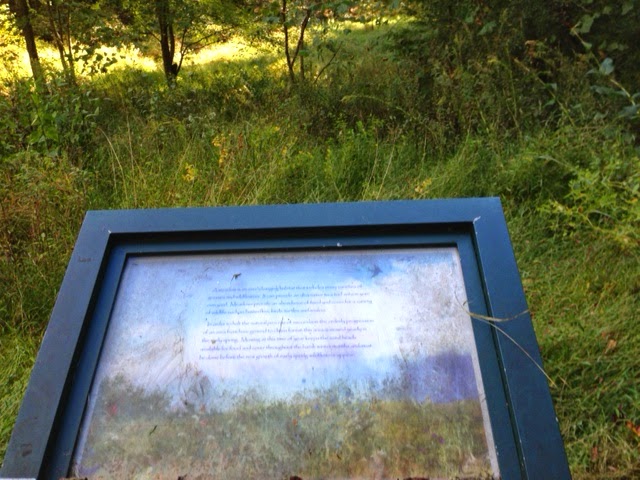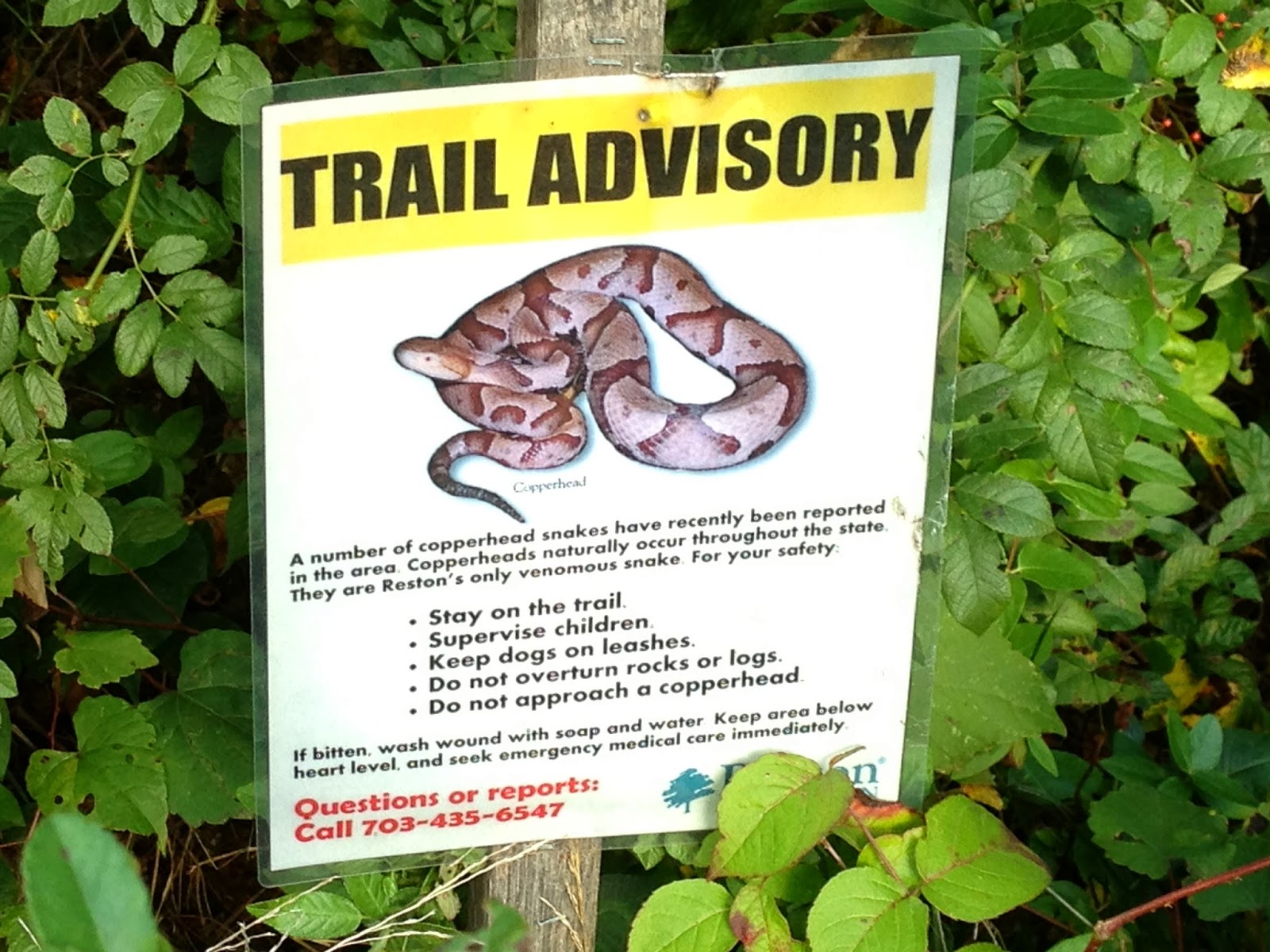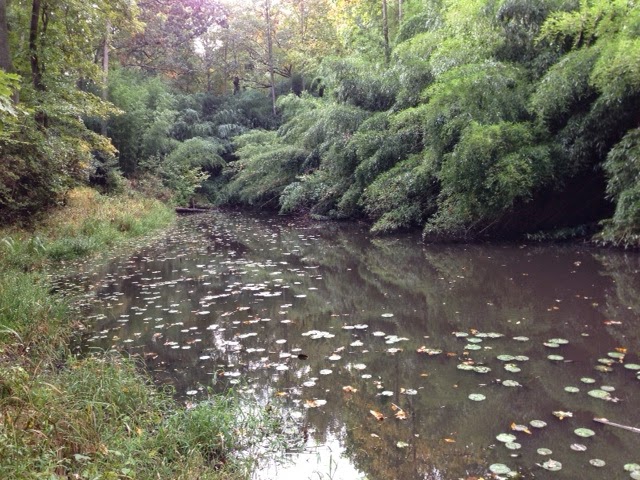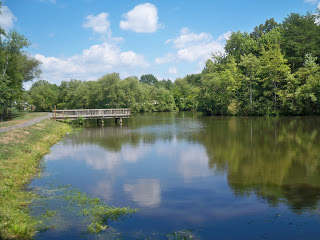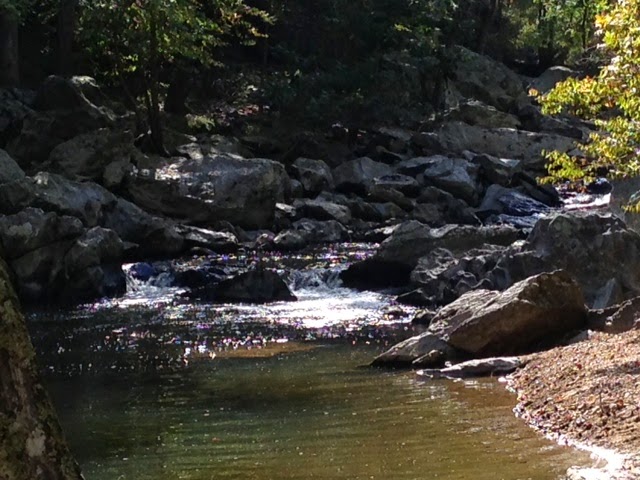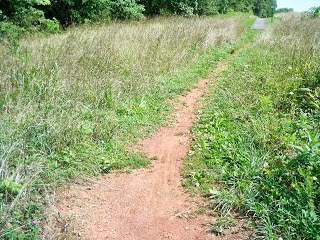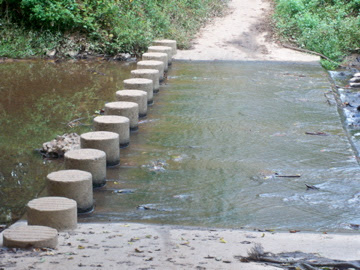How We Learn About Meadows
important. How sad that we have to learn about meadows from a sign! How much
better to learn about them from the burrs in your socks, the poison ivy on
your ankles and the sunburn on your shoulders.
meadows ruled. I learned to treasure the shady tree line around the edges of fields and the majesty of the lone burr oak. I
learned first-hand the loud racket of meadows — cicadas chanting,
grasshoppers buzzing — but also the quiet heart at their center and how their beauty is best set off by the
presence of a grazing cow or thoroughbred.
